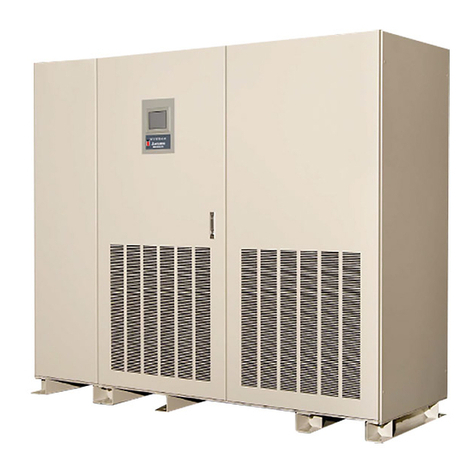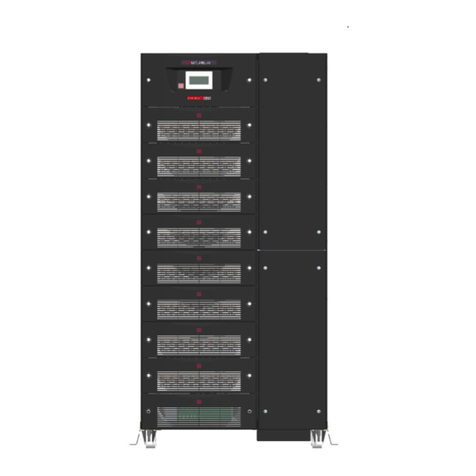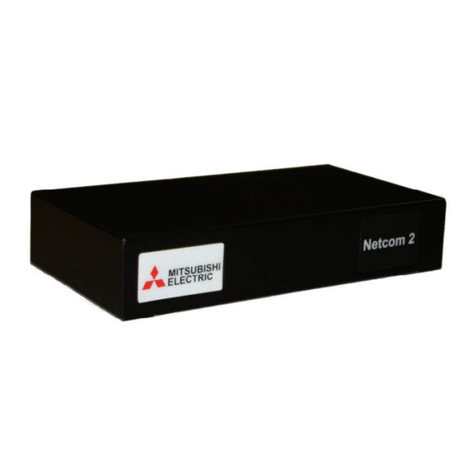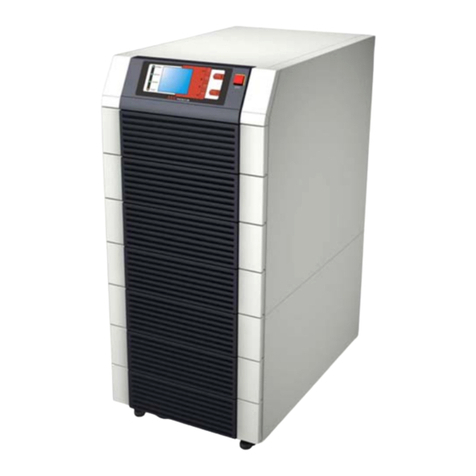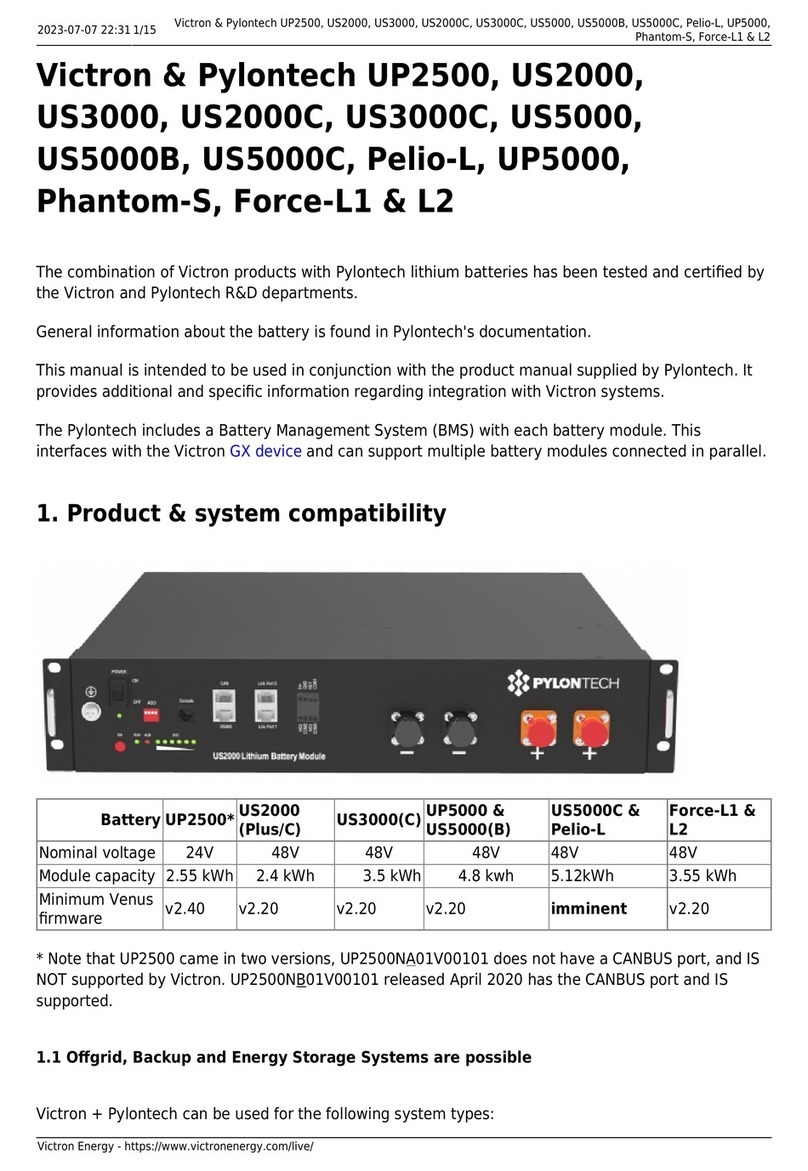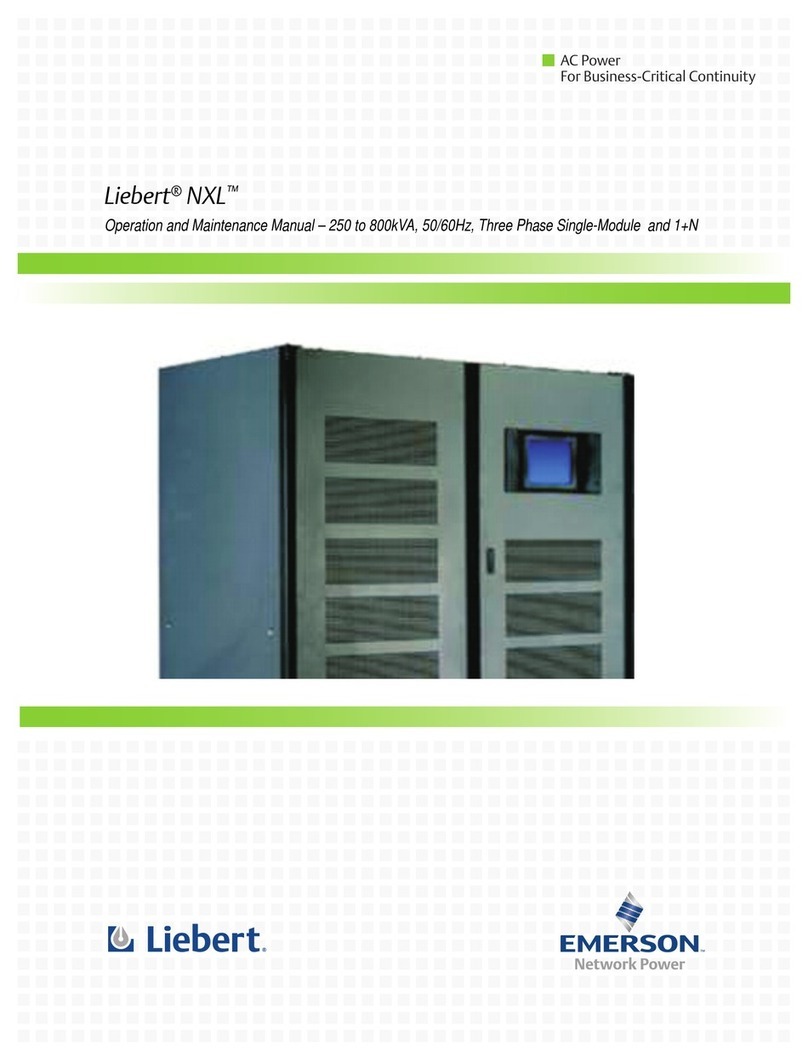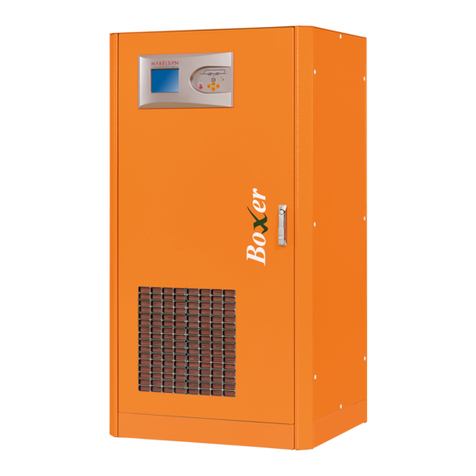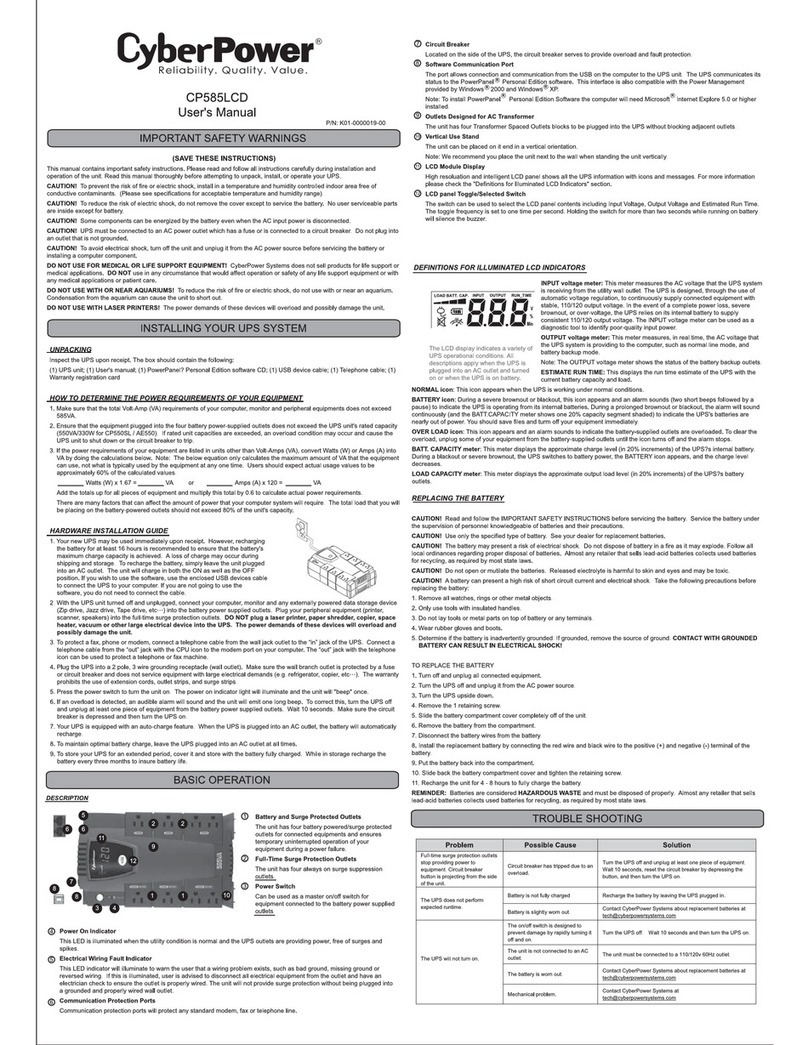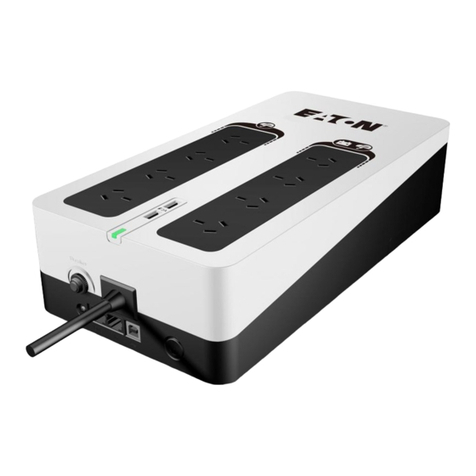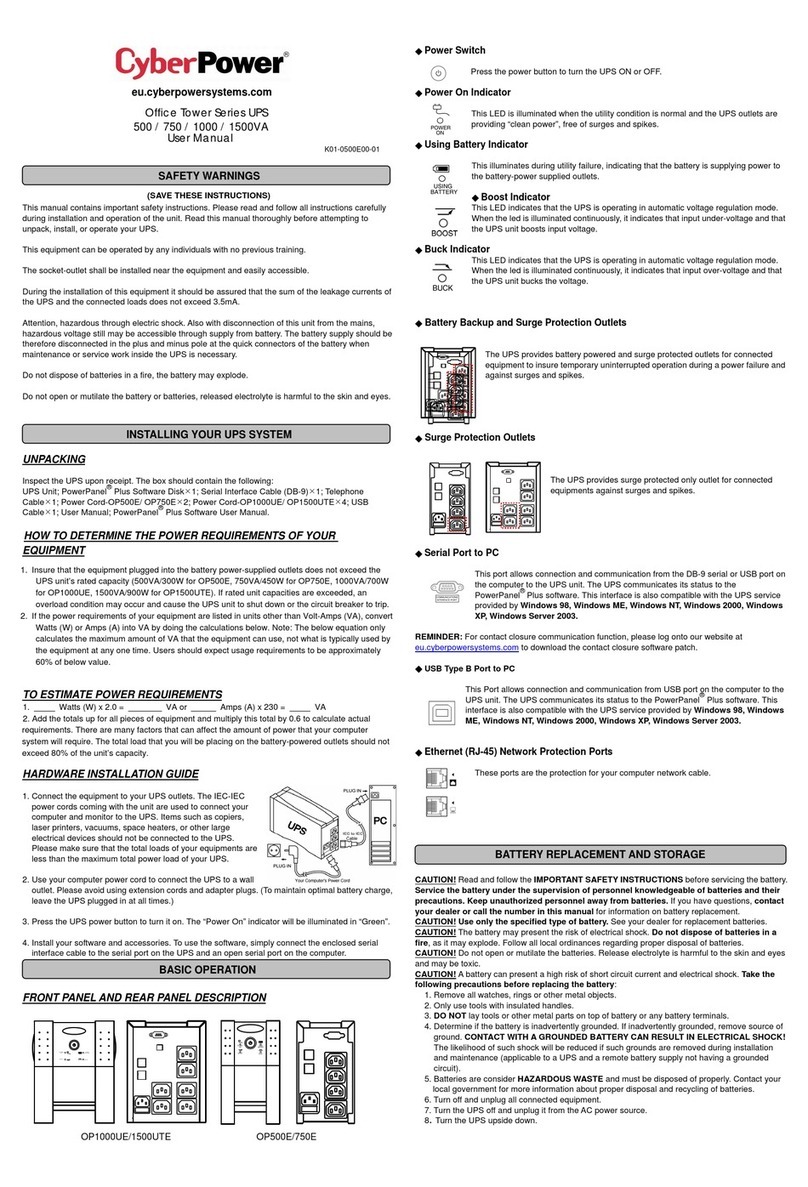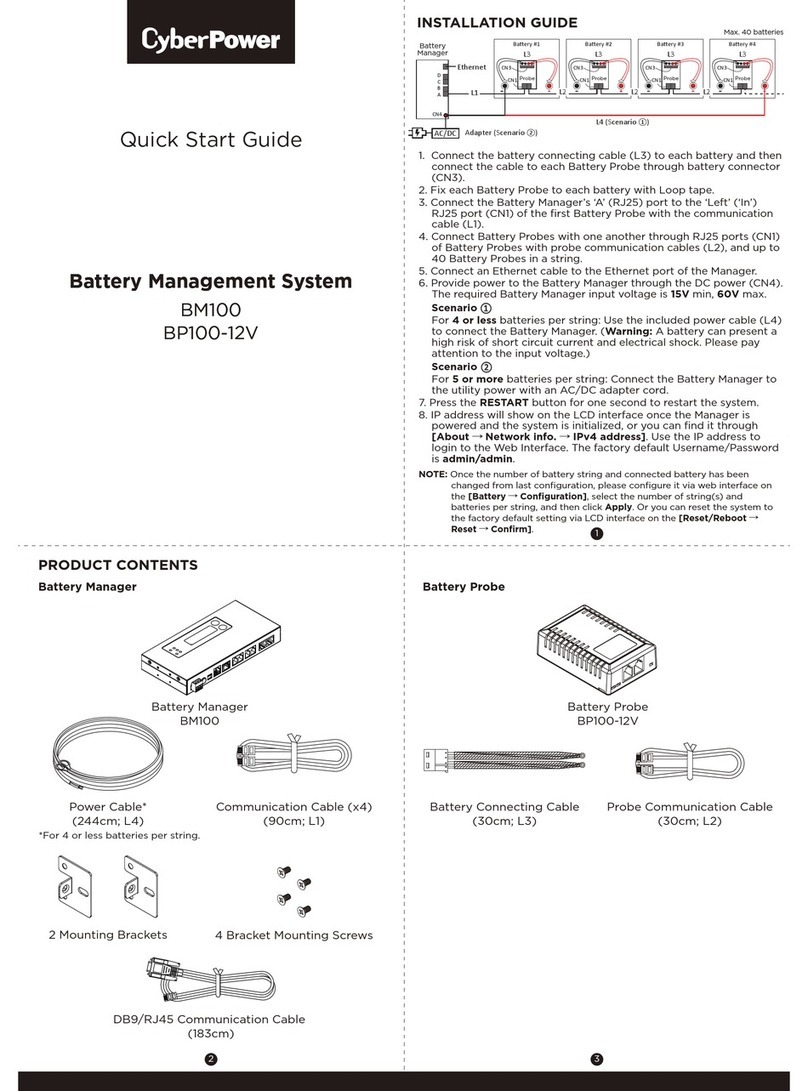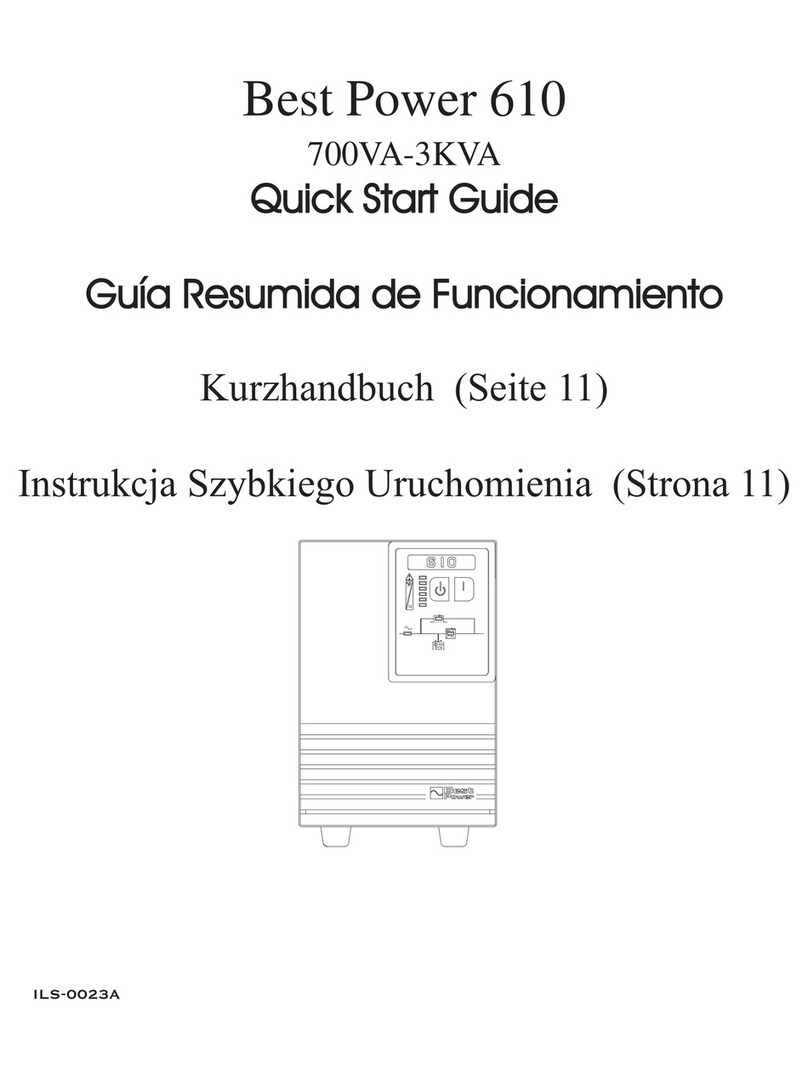
SVA026 Netcom 2 User Manual ver5 2
TableofContents
1. What is a Netcom?.......................................................................................................... 3
2. Who do I Contact For Technical Support? ..................................................................... 3
3. What are the System Requirements for Netcom? ........................................................... 3
3.1 Operating System Requirements................................................................................... 3
3.2 UPSMAN WINDOWS Solution: ................................................................................. 4
3.3 UPSMAN UNIX Solution: ........................................................................................... 4
3.4 APPLE MAC X Solution:............................................................................................. 4
3.5 UNMS II Solution :....................................................................................................... 4
3.6 RCCMD Solution (shut downs):................................................................................... 4
3.7 No longer supported UPSMAN versions (please choose RCCMD instead) : .............. 6
3.8 Web Browser Requirements ......................................................................................... 6
3.9 Special Requirements for Web Browsers ..................................................................... 6
3.10 Special Requirements for Firewall Access ................................................................. 6
4. How do I Configure the Netcom?................................................................................... 7
4.1 Installing the Netcom Utilities...................................................................................... 7
4.2 Configuring the Netcom ............................................................................................... 7
4.2.1 HyperTerminal Setup example (serial cable) ............................................................ 7
4.2.2 Configuring the IP address with Window XP............................................................ 8
4.2.3 Configuring the IP address with Windows 7 ........................................................... 13
5. How do I Update the Netcom Firmware?..................................................................... 17
6. Netcom Web Server...................................................................................................... 19
7.1 Login Page .................................................................................................................. 20
7.2 UPS Status Page/ UPS/ Overview .............................................................................. 21
7.3 Identification/UPS Identification Page ....................................................................... 23
7.4 Variables/Variables Page ............................................................................................ 24
7.5 Event Log/View Events Page ..................................................................................... 25
7.6 Agent Setup/UPS/Configuration Page........................................................................ 26
7.7 Nominal Values/UPS Nominal Values Page .............................................................. 27
7.8 Nominal Values/UPS Nominal Values Setup............................................................. 28
7.9 Shutdown/UPS Shutdown Setup Page........................................................................ 29
7.11Overview/Network Setup Page.................................................................................. 32
7.12 IP Config/Setup/IP Configuration Page.................................................................... 33
7.13 HTTP/HTTP Setup Page .......................................................................................... 34
7.14 LDAP Servers/Setup/LDAP Servers Page................................................................ 35
7.15 SNMP NMS/Setup SNMP Page ............................................................................... 36
7.16 SNMP Rec’rs/SNMP Receivers Page....................................................................... 37
7.17 Event Notification/Event Notification ...................................................................... 38
7.19 Users/Setup/Users ..................................................................................................... 43
7.20 Email Alerts/ Setup/ Email Alerts............................................................................. 44
7.21 Time Setting/ Setup/ Time Settings .......................................................................... 45
7.22 Syslog Servers/ Setup/ Syslog Servers ..................................................................... 46
7.23 Events/ View/ Events................................................................................................ 47
